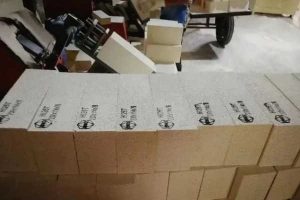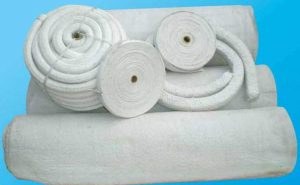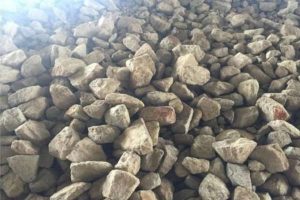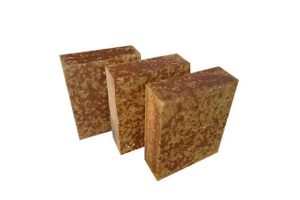Четыре вида способов изготовления теплоизоляционного огнеупорного кирпича, Что является наиболее перспективным?
Теплоизоляционный огнеупорный кирпич в основном реализуется за счет большого количества пор внутри материала., and the formation of internal pores is an important part of the preparation of thermal insulation refractory materials.
The size, форма, number, and distribution of the internal pores of the refractory fire brick will affect the performance of the refractory material, so the key to the preparation of the refractory material is to form the right size and number of evenly distributed pores inside the material.
В настоящий момент, the preparation of heat-insulating refractory material method of combustion exhaustion to join the method, foam method, gas generation method, porous material method, и так далее. Конечно, there are many methods of preparing porous ceramics such as the sol-gel method, organic foam impregnation method, and self-propagating high-temperature synthesis method. It can also be used to prepare heat-insulating refractories.
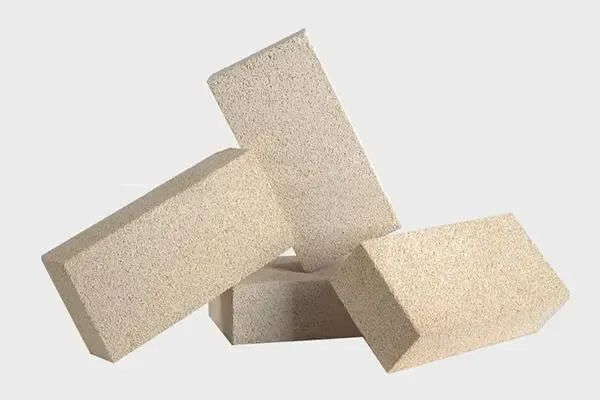
1. Combustibles added to the method
Как подсказывает название, the method of adding combustibles is to occupy the space by adding substances that can be completely burned in the material, such as wood chips, inorganic carbon, polymers, и так далее. When they are burned, they have less ash and form pores in situ. This method is the most common and simplest way to prepare insulating refractories.
The advantages of adding combustibles to raw materials for the preparation of insulation refractory bricks являются: that the pore size, number, and shape of the pores can be controlled by adding combustibles, and the preparation process is relatively simple. Disadvantages are: combustibles added to the method of lightweight insulation materials make it easy to produce internal cracks, and this method of preparation of the material makes it more difficult to achieve high porosity and high mechanical properties.
Higher requirements for the combustibles, both easy to burn, combustion residual ashless, but also in the mixing process is easy to evenly dispersed in the raw materials, and less impact on the molding properties of the material.
In practice can be used in the exhaust material that is not easy to process to a smaller size and processed out of the shape of the irregular, so the final formation of the material in the shape of the pores is also irregular and the pore size is not small enough.
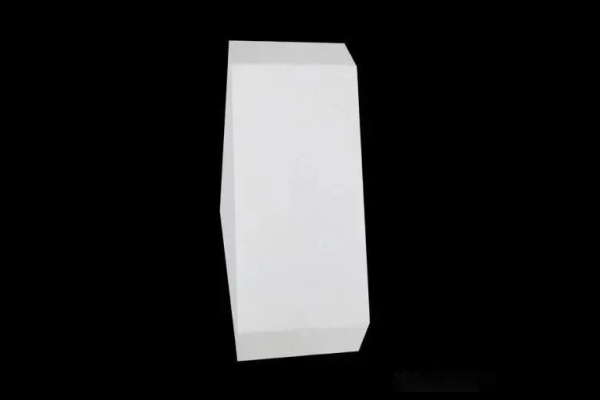
2. Пенный метод
The foam method, also known as the foaming method, is the first blowing agent and water mixed with a certain proportion of foam liquid and then mixed with the mud, after molding, сушка, and firing to get products.
Sundermun first discovered that a porous billet could be prepared by using hydrogen peroxide, calcium hydroxide, and calcium carbonate as a foaming system. Compared with the combustion exhaustion incorporation method, lightweight heat-insulating refractory materials with lower bulk weight, higher closed cell ratio, and complex shapes can be obtained by using the foaming method.
The key to the preparation of heat-insulation firebricks by the foam method is the formation and stabilization of foam in the slurry. Surfactants, proteins, and polymer compounds can change the surface properties of liquid water so that the liquid water to produce bubbles.
Due to the different modifications of liquid water, they divide the foaming agent into three main categories. Currently for the preparation of foaming agent heat insulation refractory materials have made significant achievements.
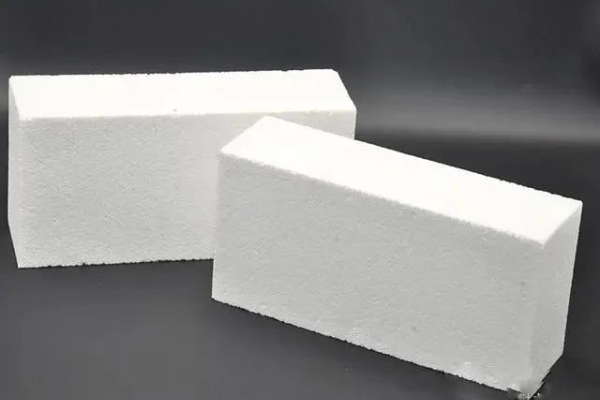
3. Gas generation method
The gas generation method is in the slurry to add substances that can produce gas or the use of raw materials that can produce gas, mixed homogeneously at a certain temperature, acidity, and alkalinity under certain conditions so that in the process of formation of products to produce gas, and can be formed in the products of the porous structure of the method.
The requirements for raw materials, pore-making agents, and chemical reaction environments are relatively high. If the raw material is coarse, the compactness of the pile is poor, the generated gas will run out with the gap. If the raw material is fine, it is more difficult to be evenly dispersed by the gas.
The particle size of the powder porous agent also has a greater impact on the formation of pores within the final material, the coarser powder is easy to forms a large number of localized gas bubbles. If it is not dispersed in time, it will result in a small proportion of solid phase locally and reduce the strength of the material. While the finer powder if the raw materials can be mixed very evenly, in the right environment will form many uniform bubbles inside the material.
Even if the particle size of both the raw material and the powder porous agent can meet the requirements, the chemical reaction can only take place under the appropriate reaction temperature and acidity/alkalinity conditions. Since the control of parameters in actual production is not as precise as in the laboratory, the reaction can be adversely affected.
The process parameters for the preparation of lightweight insulation materials by gas generation are more difficult to control:
On the one hand, the temperature and pH requirements are high, and bubbles will not be formed if the temperature and pH are not appropriate. It is not easy to control the speed of generating bubbles, and the generated bubbles tend to be dense, causing internal defects and reducing the strength of the material.
С другой стороны, the requirements of the clay material are also higher, the viscosity of the clay material does not easily form pores, and the viscosity of the clay material does not easily stabilize the bubble formed inside the clay material.
4. Porous material method
The porous material method of preparing lightweight thermal insulation brick is the use of certain natural light aggregate, artificially manufactured porous light aggregate, or hollow ball aggregate to produce lightweight thermal insulation materials.
Currently in use are porous mullite products, alumina hollow ball heat-insulating bricks, and zirconia hollow ball heat-insulating bricks. These lightweight insulation refractory bricks have high strength, high service temperatures, and low re-firing line variation, but the matrix is usually dense to bind the aggregate firmly. Как результат, the bulk weight and thermal conductivity of these materials are higher than those of general insulating refractories, and their thermal shock stability is poor.
Подведем итог
Comparing the above four methods of preparing lightweight insulation bricks, it is found that although the drying process of the insulating fire bricks prepared by the foam method is more cumbersome, it is easier to obtain lightweight insulating refractory bricks by the foam method. Однако, it is easier to obtain heat-insulating materials with higher porosity by using the foam method.
If the amount of foaming agent and foam stabilizer is reasonably controlled, a large number of tiny closed pores will be formed inside the material. The existence of these tiny pores will greatly reduce the thermal conductivity of the insulation material.
Кроме того, if the shape of the pores inside the heat-insulating brick is closer to the spherical shape, the more uniform the dispersion of stress, when subjected to stress, there will be no stress concentration phenomenon, which is helpful for the improvement of the strength of the material.
The shape of the pores of the lightweight heat-insulating refractory materials prepared by the method of adding combustibles depends on the added combustibles. General combustion products either can not be processed to a very small particle size or irregular shape, the final material to get the shape of the internal pores is also irregular.
In the case of lightweight insulating refractory bricks prepared by the foaming method, the slurry contains enough water. Поэтому, the bubble liquid film due to surface tension will tend to minimize and automatically form a spherical shape. The bubble stabilizer in turn maintains this state of the bubbles from being destroyed, and eventually, a large number of regular pores will be formed inside the material after the slurry is cured. Поэтому, through comparison, it is found that if the process parameters are reasonably controlled, the preparation of lightweight heat-insulating refractories using the foaming method is a more promising method.

